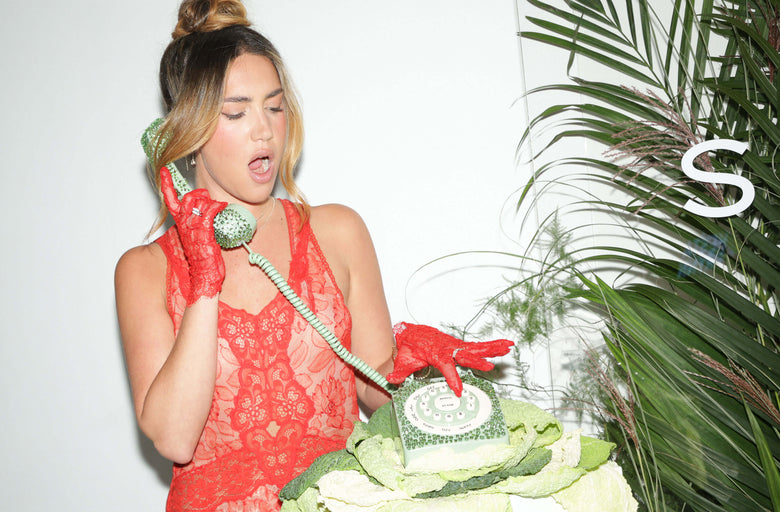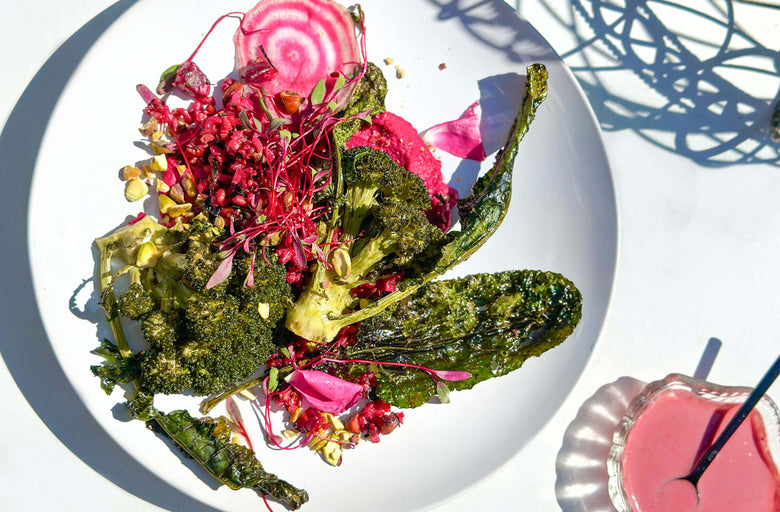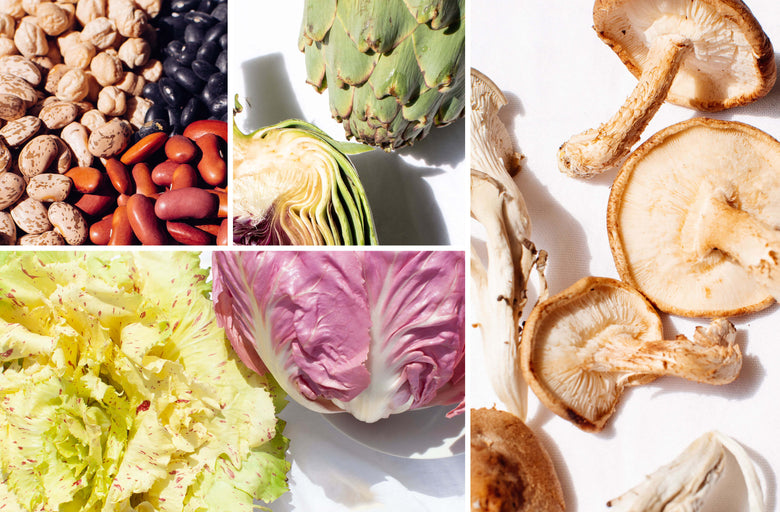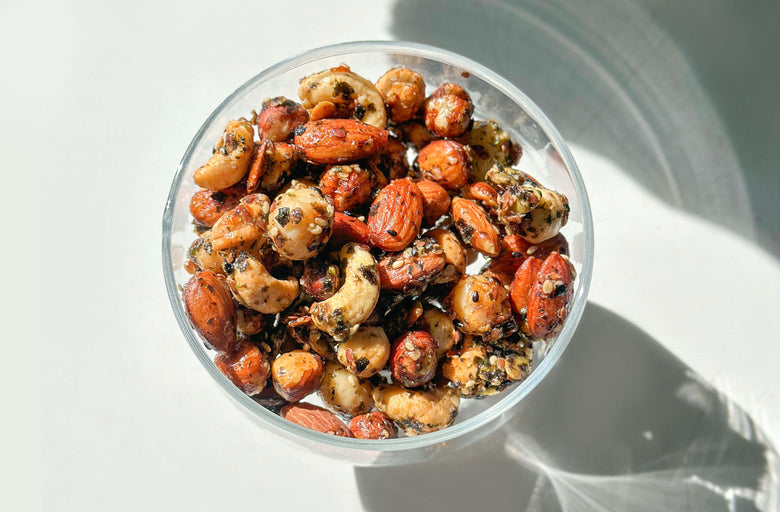I’d be lying if I said I didn’t have Manuka honey smeared across my face as I write these exact words. I swear by this stuff—the golden goo is my go-to beauty fix for everything. Five years ago, a makeup artist told me to put honey on my face because my skin was extremely dry. It was February in NYC; the deep freeze had my skin parched and peeling. I thought it was a completely ridiculous idea, but I'll try anything in the name of glow. I picked up some organic raw honey from my Brooklyn supermarket and since that first application, it's been a constant heartbeat in my everyday beauty routine.
All types of honey are beneficial for skin, among many other things, too, like digestive issues, allergies, and even hair health. As a skincare junkie, I was intrigued by the power of this delicious amber elixir to provide the dewy complexion I always craved, and also by its potential as a breakout fighter. I’ve struggled with acne for most of my adult life, and to this day, if I’m not on my skincare A-game, there’s going to be a breakout.
My personal journey with honey-as-skincare has been a huge success, and I've spread the gospel to my friends and family members, too. Read on to learn why Manuka honey in particular is skin care gold, worthy of a spot in your daily routine.
What Is Manuka Honey?
Manuka honey is sourced from New Zealand, produced by bees that feed on Manuka shrubs laced with white and pink flowers. All honey is healing when it’s left raw and unpasteurized, but what makes Manuka honey different is that it possess more therapeutic benefits for skin health because of its high antibacterial count and anti-inflammatory properties. Our skin loves this. Raw Manuka honey is antioxidant-rich and packed with vitamins B and C, amino acids, and loads of live enzymes—all the good stuff you want seeping deep into your pores.
Manuka Magic
This particular variety of honey contains hydrogen peroxide, which kills breakout-causing bacteria, as well as methylglyoxal (MGO). MGO is a component found in other types of honey, as well as coffee and cocoa, but only in small quantities. The MGO count of Manuka honey is very high, and the higher the concentration of MGO, the more potent the antibacterial effects. Our skin loves this stuff for its ability to heal, hydrate, and prevent aging and acne in a clean, natural way. Manuka honey also contains four times the mineral content of your average flower honey. We're talking zinc, copper, iron, potassium, and selenium, to nurture skin, manage inflammation, and support healing.
Aside from healing acne and preventing breakouts, Manuka honey is naturally emollient and exfoliating. It absorbs moisture from the air and draws it to the skin's surface. It regulates your skin's pH level, softens skin, brightens, and evens out skin tone, fading away old acne scars. Consistent Manuka honey masks will leave your skin more plump, better hydrated, clear, and glowing.
Sweeten Your Regimen With Honey
Consistency is key in transforming your skin, so incorporate Manuka honey into your skincare routine three times a week (or more). Start by applying a thin layer of Manuka honey to a clean face, AM or PM. Skin should be slightly damp, so the water can activate the hydrogen peroxide. Leave honey on skin for 20 to 30 minutes. You may experience some purging (in the form of breakouts) as the honey kills not only surface level bacteria, but anything lurking deep in your pores.
When purchasing Manuka honey, look for an MGO rating of 400 or higher. The higher the rating number, the more antibacterial milligrams of MG are bioavailable for skin. You may also see UMF listed, this stands for “unique Manuka factor.” It’s another way to rate the potency of Manuka honey. A UMF rating of 20+ is a good place to start for optimal skin health.
Combine Manuka honey with a plant-rich diet and a smile for the ultimate glow.






